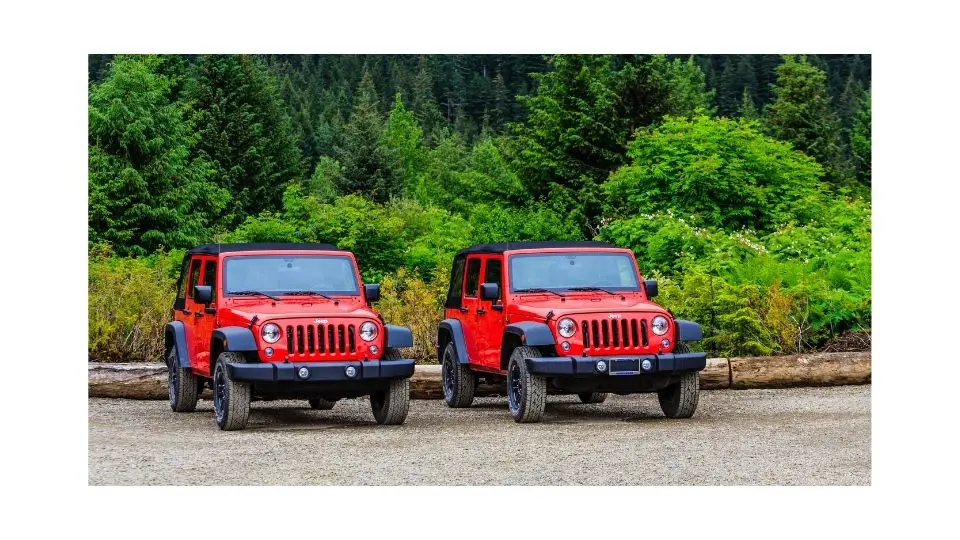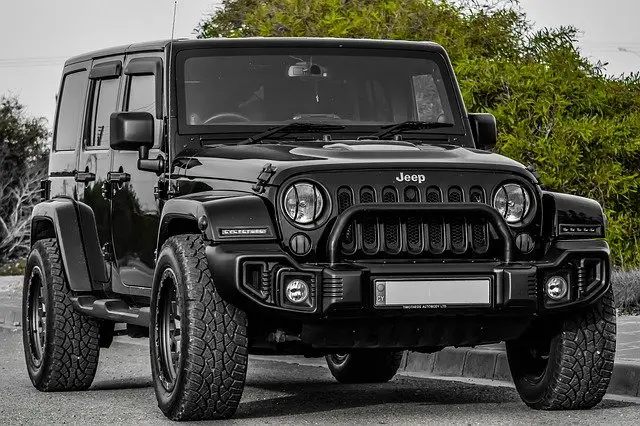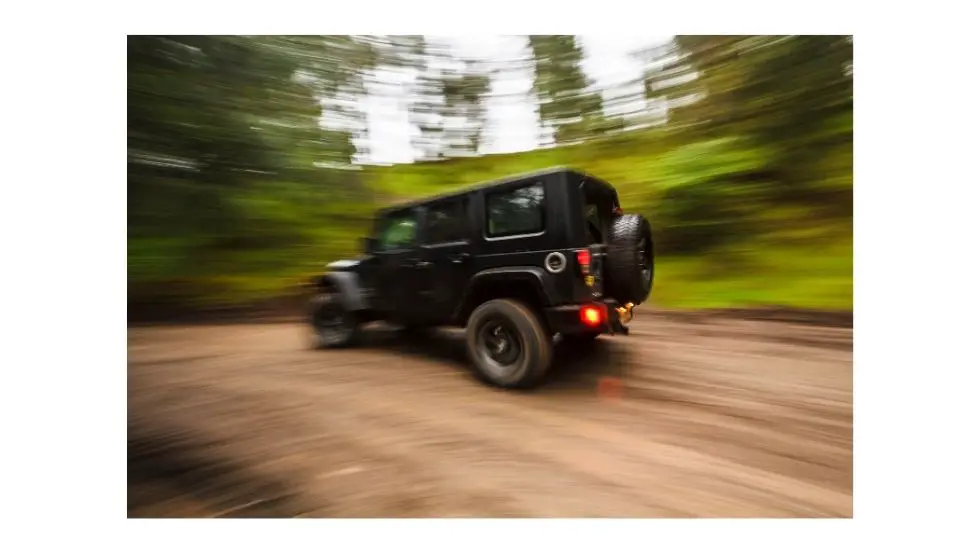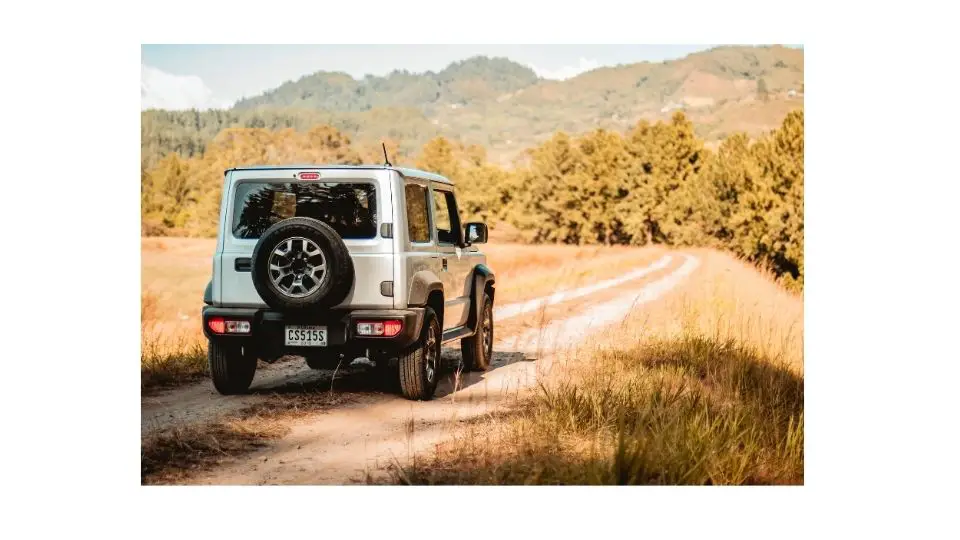From rolling on rock-strewn off-road trails to cruising through your city’s busy highways, a Jeep Wrangler proves its mettle and excellence in performance and design. However, the fundamental factor that plays into this stellar performance is often taken for granted – the tire pressure. If you’re a Jeep Wrangler owner or enthusiast aiming to enhance your understanding and skills in maintaining optimum tire pressure, this text will be a handy guide. We dive deep into the intricacies of understanding tire pressure for varied Jeep Wrangler models, elucidating why the correct pressure is pivotal. Moreover, this context extends beyond theory; you will also become adept in practical elements such as checking and adjusting tire pressure, including the impacts of weather conditions and external variables on the same.
Understanding Jeep Wrangler’s Tire Pressure
Nailing the Perfect Tire Pressure for Your Jeep Wrangler: A Must-Know for All Jeep Enthusiasts
As enthusiastic Jeep Wrangler enjoyers, we all know the great outdoors are calling and our adventurous hearts are eager to heed the call! But before you hit the trails, one essential factor, often overlooked amidst the excitement, is tire pressure. It’s no exaggeration to say handling your Jeep Wrangler’s tire pressure correctly could be the difference between an exhilarating ride and being stuck in the mud. So, let’s dive into the nuances of tire pressure for our beloved Jeep Wranglers!
Did you know, there’s no universal “perfect” tire pressure? The optimal PSI (Pounds per Square Inch) for your Jeep Wrangler depends largely on the model and the tire size. If you’re sporting factory-sized tires, you’re in luck because there’s a reference guide on the driver’s side door jamb detailing what pressure range a tire should be inflated to for optimum performance.
The 2020 and 2021 models of the Jeep Wrangler, for example, recommend a tire pressure of around 36 to 37 PSI for factory-sized tires. The more compact Wrangler models may call for slightly less, while the larger ones may necessitate slightly more.
However, if like many Jeep enthusiasts, you’ve customized your Wrangler tires, you’ll need to deviate from the manufacturer’s recommendation to match your modifications. Larger tires typically require less pressure due to their high-volume design. For instance, a 33-inch tire usually performs best around 28 to 30 PSI, while a 35-inch tire might come down to 25 to 27 PSI. Of course, these are rough estimates, and slight adjustments may be necessary based on the unique design and tread of your specific tires.
Don’t forget that the terrain affects the decision too! Check the tire pressure when your Jeep’s tires are ‘cold’, this means before you’ve driven, or at least one hour after driving. Keep it on the higher side for street driving to ensure handling and fuel economy. However, offroading is a different beast! Low pressures around 15 to 20 PSI can increase the tire surface in contact with the ground, providing better traction and making the ride smoother over rocky terrains.
So, Jeep Wrangler enthusiasts, let’s make sure our tire pressure is on point before throttling away on our next daring expedition. Happy trails!

Checking and Adjusting Tire Pressure
After a thorough understanding of the significant role tire pressure plays in your Jeep Wrangler’s performance, let’s delve into the specifics of how you can ensure your tires are at the right pressure. We have substantial information to cover in terms of using a tire pressure gauge, adjusting your tire pressure, and the ideal times to check and adjust.
First things first, investing in a reliable tire pressure gauge like the ‘Accutire MS-4021B Digital Tire Pressure Gauge’, known for its durability, accuracy and ease of use. No productive tire pressure process is complete without it. This handy tool can ensure the longevity and well-being of your Wrangler tires.
When measuring your tire’s PSI (Pounds per Square Inch), remove the cap from the tire’s valve stem, place the tire pressure gauge onto the valve stem, and press down hard enough so the hiss sound disappears. Your tire pressure will now be displayed on your gauge. This should be done for all four tires and any spare tire.
Time and temperature play big roles in tire pressure management. Early morning or late evening is an optimal time to check the tire pressure before the heat of the day can interfere. Also, remember to wait at least three hours after driving before measuring your tire pressure since driving warms up the tires, causing the air to expand, and might mislead you with inaccurate readings.
Determining the need for adjustment comes next. Compare the measurements with the recommended PSI on the driver’s side door jamb. Remember, if your Wrangler is carrying extra weight or towing, you might need to inflate your tires to the maximum limit mentioned.
For adjusting the tire pressure, deflate or inflate the tires as needed. If a tire’s pressure is higher than recommended, let the air out until you reach the correct pressure. Conversely, if it’s below the guide levels, use an air compressor to inflate the tire. Service stations or home garages often have coin-operated compressors. Ensure you are checking the pressure intermittently when inflating or deflating to avoid going too far in either direction.
For those passionate about offroading, tire deflators could be an excellent investment for quickly dropping tire pressures, allowing you to get the best out of your Wrangler’s off-road capabilities almost instantaneously.
Debriefing yourself with your newly adjusted tire pressures is imperative. Keep track of these adjustments, and make notes of the changes in your Jeep’s performance. You’ll soon start to see how minor adjustments can lead to significant improvements in your Wrangler’s performance, safety, and overall driving experience.
Embracing the art of maintaining your Jeep Wrangler’s tire pressure is not just a task — it’s a passion. And with this handy guide, you’re on your way to keeping your Jeep in its prime.
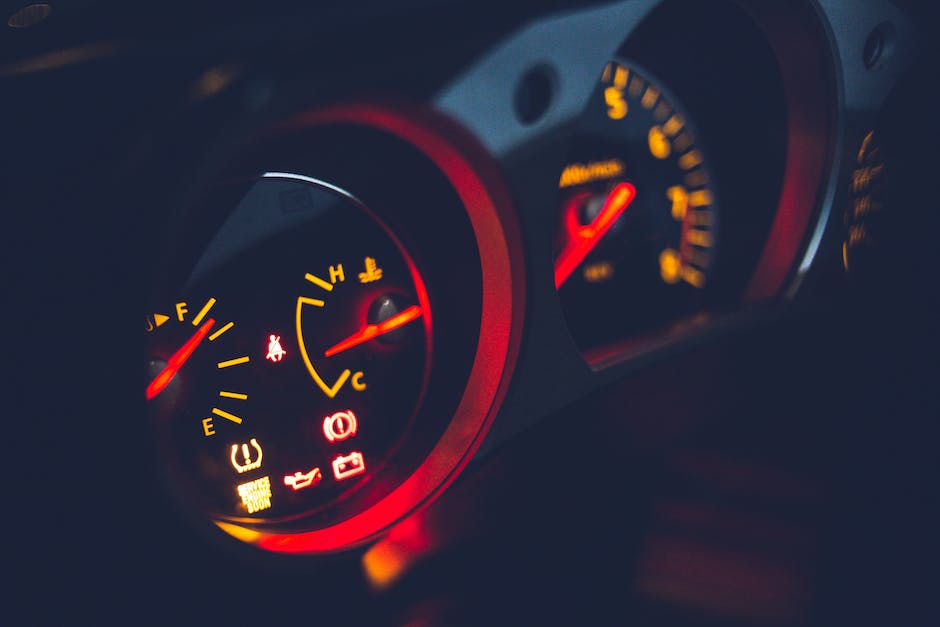
Effects and Signs of Incorrect Tire Pressure
Moving forward, let’s tap into the often-ignored facet of tire pressure management – recognizing the signs of incorrect tire pressure and understanding its effects on your cherished Jeep Wrangler.
Tires are the only elements of your beastly Wrangler that actually touch the ground, so their health directly dictates how the Wrangler performs. The pressure of these tires is significant, and it doesn’t flaunt its importance upfront; it’s one of the most immense contributors to Wrangler’s performance, albeit relatively stealthy. If the tire pressure is off, then the Wrangler’s ride quality, offroading capability, fuel consumption, and tire longevity will suffer.
Starting with the signs, there’s a trifecta of telltale signs of incorrect tire pressure. First, if you notice uneven tire wear, this could signal incorrect tire pressure. It’s a sign that the treads are interacting with the ground unevenly due to mismatched tire pressures. If the center of your tire is overly worn, the tire pressure may be too high; if the edges are worn more, the pressure may be too low.
Second, keep an eye out for poor fuel economy. Over-inflated tires are stiffer and create a larger contact patch – the area of the tire that hits the ground – increasing rolling resistance and, subsequently, fuel consumption. Witnessing a sudden dip in mileage? Your tire pressure might just need inspection.
Third, a rough and unusual ride is a classic sign. If your Wrangler seems to bounce around more than typical or exhibits instability during routine maneuvers, the tire pressure could be the culprit.
Now, let’s relay these telltale signs into their effects on your Jeep Wrangler. Incorrect tire pressure can influence various aspects of vehicle performance, from fuel economy to handling and safety.
Inflated beyond the optimum PSI, tires are more prone to burst, especially if met with a sudden impact; the even distribution of air cannot happen, creating weak spots and leading to blowouts. Also, over-inflated tires adversely impact the Wrangler’s handling, especially in wet conditions, and lead to premature and uneven tire wear due to a smaller contact patch.
Conversely, under-inflated tires begin to heat up rapidly because of increased friction, leading to a sudden tire blowout. Not just this, it also decreases your Wrangler’s fuel efficiency because of increased rolling resistance and leads to premature tire wear in the tire’s outer edge.
In summary, incorrect tire pressure sabotages the Wrangler’s overall performance and shortens the tires’ life span, posing a threat not only to your ride-quality but also to your safety. It’s not just about following benchmarks; pay heed to these signs and effects, too, and keep your beloved Wrangler in a state of good health, ready for the next adventure! And remember, as an enthusiastic Wrangler lover, you know, it’s not only about the Jeep, but also about keeping those round rubber puzzles inflated to the right PSI!
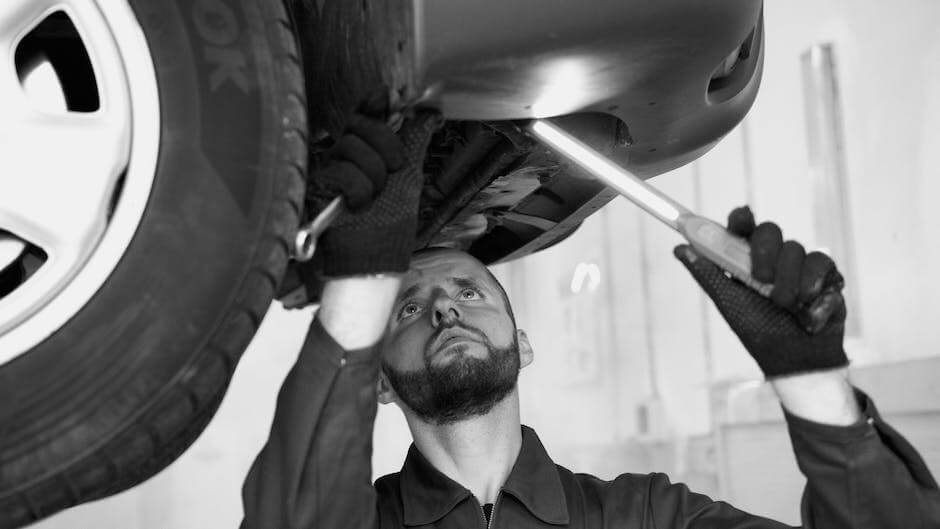
Keeping the tires of your Jeep Wrangler at the recommended pressure may seem like a trivial task, but the consequences can be significant if neglected. From affecting your Jeep’s fuel efficiency to altering its handling, improper tire pressure can bring a multitude of unwelcome outcomes. On the contrary, when treated with the attention it requires, optimal tire pressure can significantly enhance your Jeep Wrangler’s performance and longevity. So get acquainted with the signs of under-inflation and over-inflation, clutch that tire pressure gauge, and let the knowledge and skills you’ve gained steer you towards an efficient and safe driving experience in your Jeep Wrangler.


